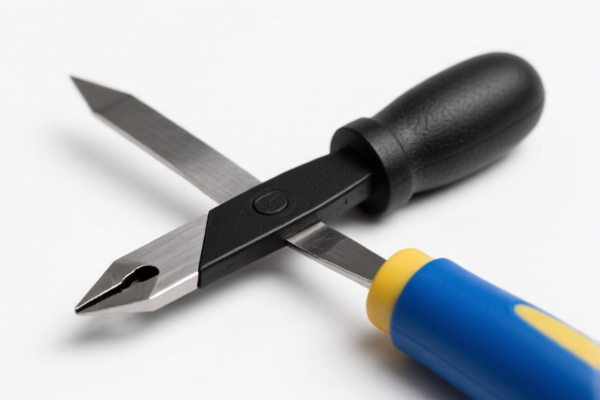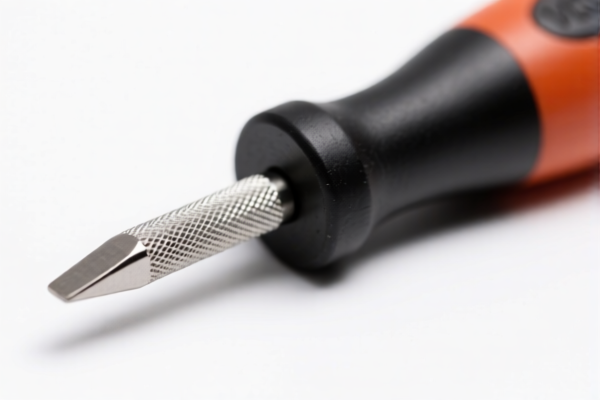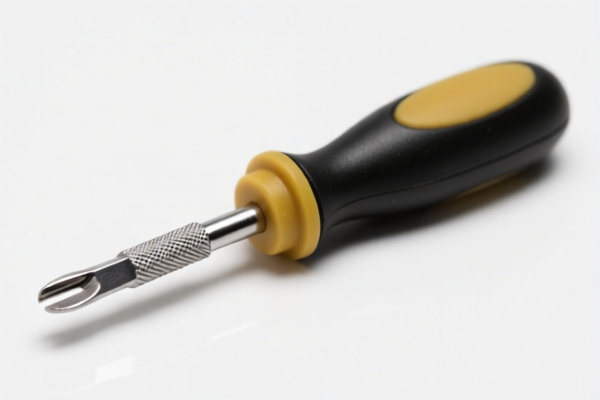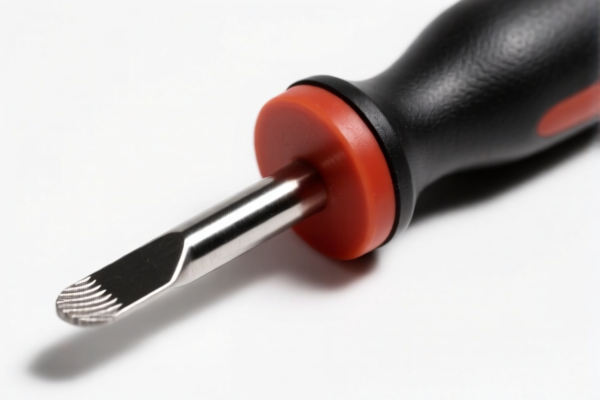| HS Code | Official Doc | Tariff Rate | Origin | Destination | Effective Date |
|---|---|---|---|---|---|
| 8206000000 | Doc | The rate of duty applicable to that article in the set subject t+30.0% | CN | US | 2025-05-12 |
| 8204110060 | Doc | 64.0% | CN | US | 2025-05-12 |
| 8204120000 | Doc | 64.0% | CN | US | 2025-05-12 |
| 7326908688 | Doc | 82.9% | CN | US | 2025-05-12 |
| 7326908676 | Doc | 82.9% | CN | US | 2025-05-12 |
| 8548000000 | Doc | 55.0% | CN | US | 2025-05-12 |
| 8548000000 | Doc | 55.0% | CN | US | 2025-05-12 |
| 8466100110 | Doc | 58.9% | CN | US | 2025-05-12 |
| 8487900080 | Doc | 83.9% | CN | US | 2025-05-12 |
| 8487900040 | Doc | 58.9% | CN | US | 2025-05-12 |
| 9031909195 | Doc | 80.0% | CN | US | 2025-05-12 |
| 9031909130 | Doc | 55.0% | CN | US | 2025-05-12 |




Tool Adjusters
Tool adjusters are devices or mechanisms used to precisely position, secure, and align tools within machinery or workholding setups. They are critical for maintaining accuracy, repeatability, and efficiency in manufacturing, machining, and repair processes.
Materials
Tool adjusters are commonly fabricated from the following materials:
- Steel: High-strength steels (e.g., alloy steel, tool steel) are prevalent for their durability and ability to withstand significant forces. Hardened steels are used in applications requiring high wear resistance.
- Stainless Steel: Used in environments demanding corrosion resistance, such as food processing, medical equipment, or outdoor applications.
- Cast Iron: Offers good damping properties and is suitable for heavier-duty applications where vibration absorption is important.
- Aluminum: Lightweight and corrosion-resistant, often used in applications where weight reduction is a priority.
- Polymers/Plastics: Used for less demanding applications or as components within more complex adjuster assemblies, providing features like cushioning or insulation.
Purpose
The primary purpose of tool adjusters is to:
- Precise Positioning: Enable accurate placement of tools in relation to the workpiece or other machine components.
- Secure Holding: Maintain the tool's position during operation, preventing movement or vibration.
- Alignment: Ensure proper tool orientation for accurate cutting, forming, or assembly.
- Repeatability: Allow tools to be quickly and consistently repositioned for multiple operations.
- Fine Adjustment: Facilitate small, incremental adjustments to tool position for optimization or compensation.
Function
Tool adjusters function through various mechanisms, including:
- Threaded Adjustments: Utilize screws or bolts to move the tool linearly or rotationally.
- Wedge Mechanisms: Employ wedges to apply force and lock the tool in place.
- Cam Mechanisms: Use cams to provide controlled movement and locking.
- Hydraulic/Pneumatic Systems: Utilize fluid pressure to adjust tool position with high force and precision.
- Gear Systems: Provide precise rotational adjustment and locking.
- Spring-Loaded Mechanisms: Offer cushioning and self-adjusting features.
Usage Scenarios
Tool adjusters are employed in a wide range of applications:
- Machining Centers: Securing and aligning cutting tools (mills, drills, reamers) in spindles and turrets.
- Grinding Machines: Positioning and adjusting grinding wheels for precise material removal.
- Lathes: Holding and aligning cutting tools in tool posts.
- Milling Machines: Adjusting the height and angle of milling cutters.
- Assembly Lines: Positioning and aligning tools for automated assembly operations.
- Inspection Equipment: Holding and aligning probes, sensors, and other inspection tools.
- Mold and Die Making: Precisely positioning and securing components during mold fabrication.
- Robotics: Integrating tools with robotic arms for automated tasks.
Common Types
- Tool Posts (Lathes): Modular systems for holding multiple tools, allowing quick changeover and precise adjustment. Types include quick-change tool posts, electronic tool posts, and turret tool posts.
- Tool Holders (Milling/Machining Centers): Securely clamp cutting tools within the spindle. Types include collet chucks, shrink-fit holders, and hydraulic chucks.
- Quick-Change Tooling Systems: Allow rapid tool changeover with minimal setup time.
- Boring Bars: Used for precise internal machining, with adjustable cutting heads.
- Turret Heads: Rotating tool holders for multi-tool operations.
- Micro-Adjusters: Precision devices for fine adjustment of tool position in research or specialized applications.
- Wedge Locks: Utilize wedges to securely clamp tools in place.
- Hydraulic Clamping Systems: Utilize hydraulic pressure for high-force clamping and precise adjustment.
- Pneumatic Tool Adjusters: Use air pressure for quick and easy tool adjustments.
Based on the provided information, “tool adjuster” can be classified under the following HS codes:
- 8206000000: This HS code covers tools of two or more of headings 8202 to 8205, put up in sets for retail sale. The applicable duty rate is the rate applicable to that article in the set, plus 30.0% (effective after April 2, 2025).
- 8466100110: This HS code covers parts and accessories suitable for use solely or principally with the machines of headings 8456 to 8465, including work or tool holders, self-opening dieheads, dividing heads and other special attachments for the machines; tool holders for any type of tool for working in the hand. Specifically, it includes tool holders for forming-type or cutting-type dies. The total tax rate is 58.9%, comprising a basic tariff of 3.9% and an additional 25.0% plus 30.0%.
- 8487900080: This HS code covers machinery parts, not containing electrical connectors, insulators, coils, contacts or other electrical features, and not specified or included elsewhere in this chapter. The total tax rate is 83.9%, comprising a basic tariff of 3.9% and an additional 25.0% plus 30.0% and a 25% additional tariff for steel or aluminum products.
- 9031909195: This HS code covers parts and accessories of measuring or checking instruments, appliances and machines, not specified or included elsewhere in this chapter. Specifically, it includes other parts and accessories. The total tax rate is 80.0%, comprising a basic tariff of 0.0% and an additional 25.0% plus 30.0% and a 25% additional tariff for steel or aluminum products.
Regarding HS code 8487900080 and 9031909195, please note the need to verify whether the product is made of steel or aluminum, as an additional 25% tariff applies to these materials.
Customer Reviews
No reviews yet.